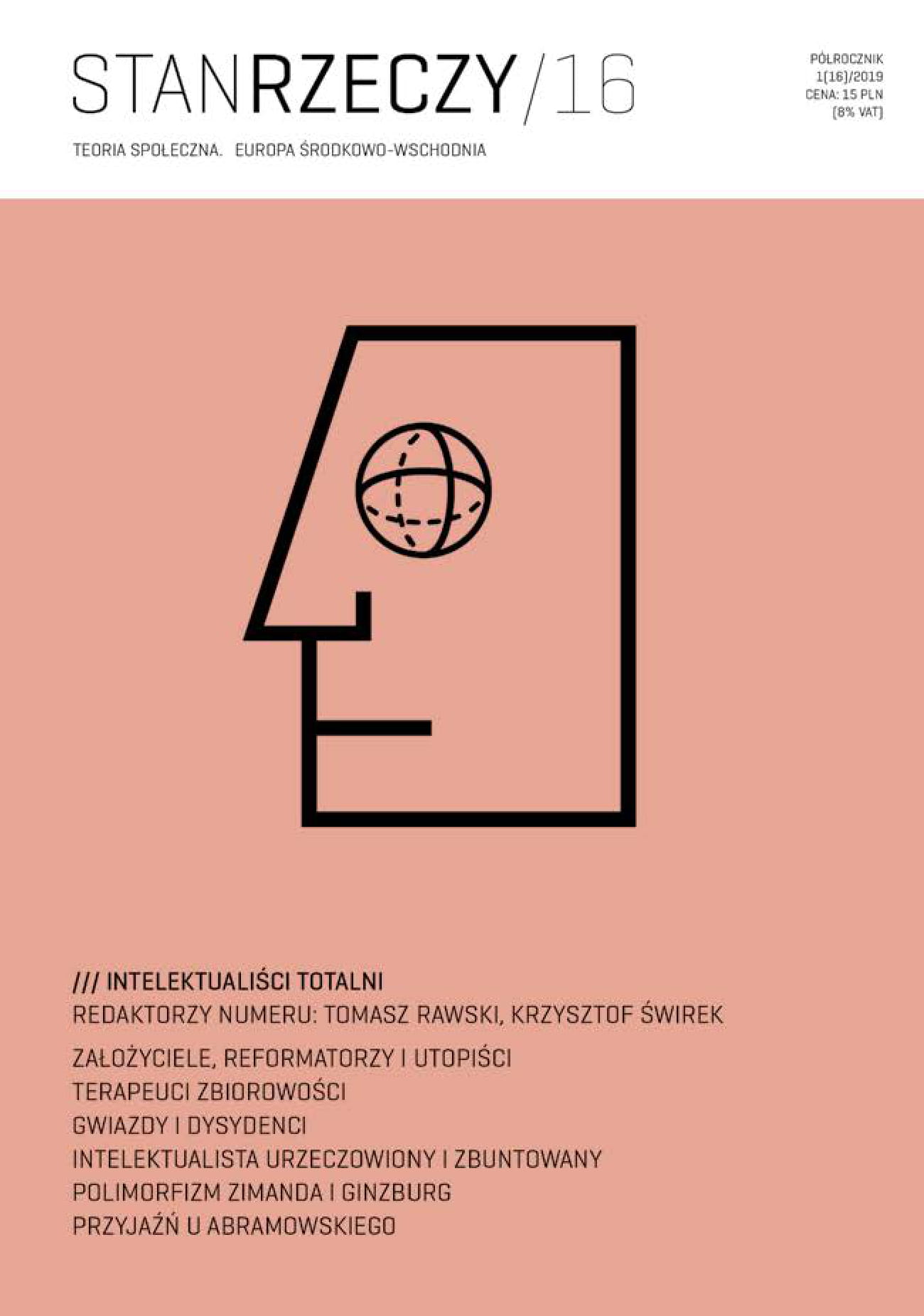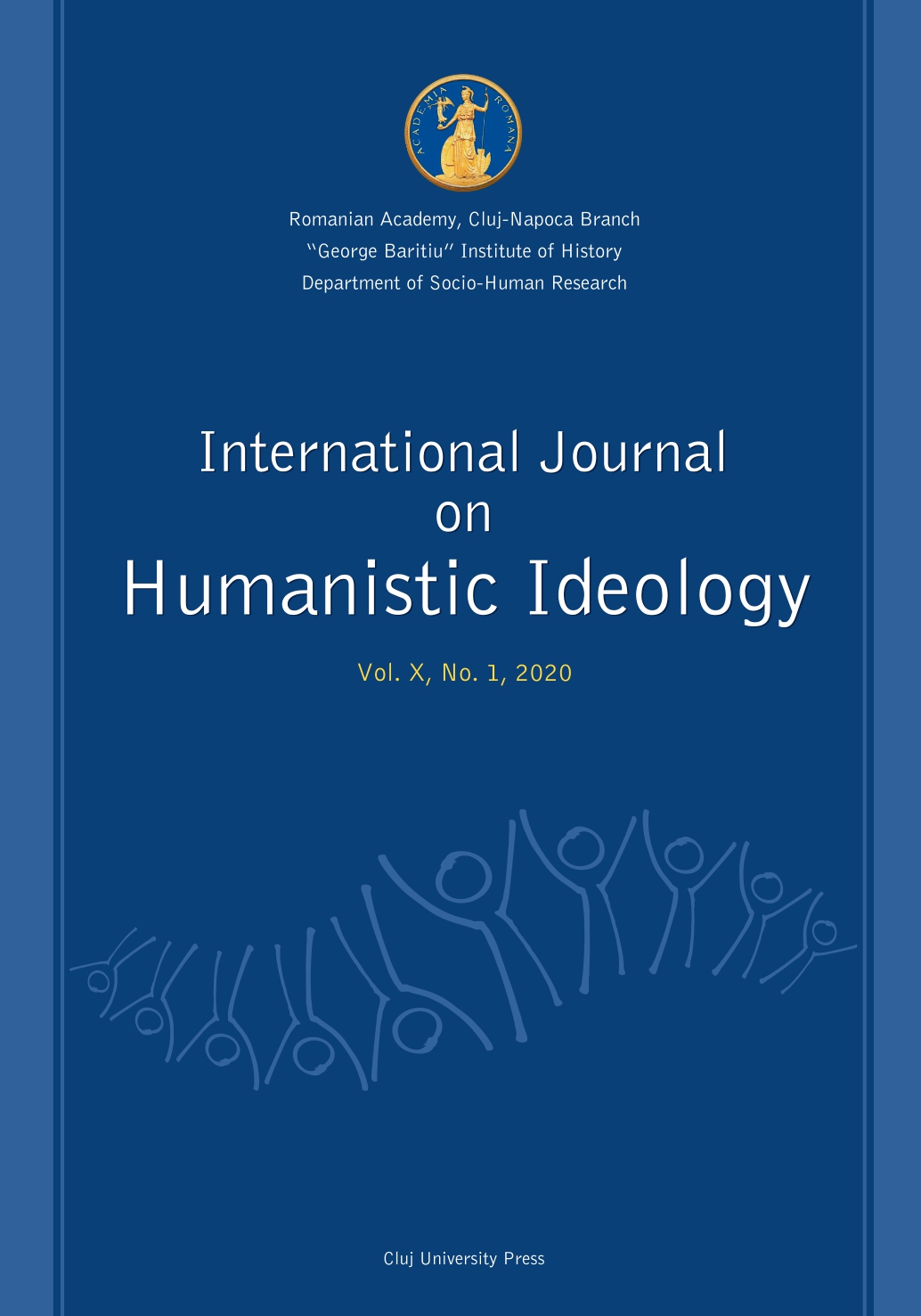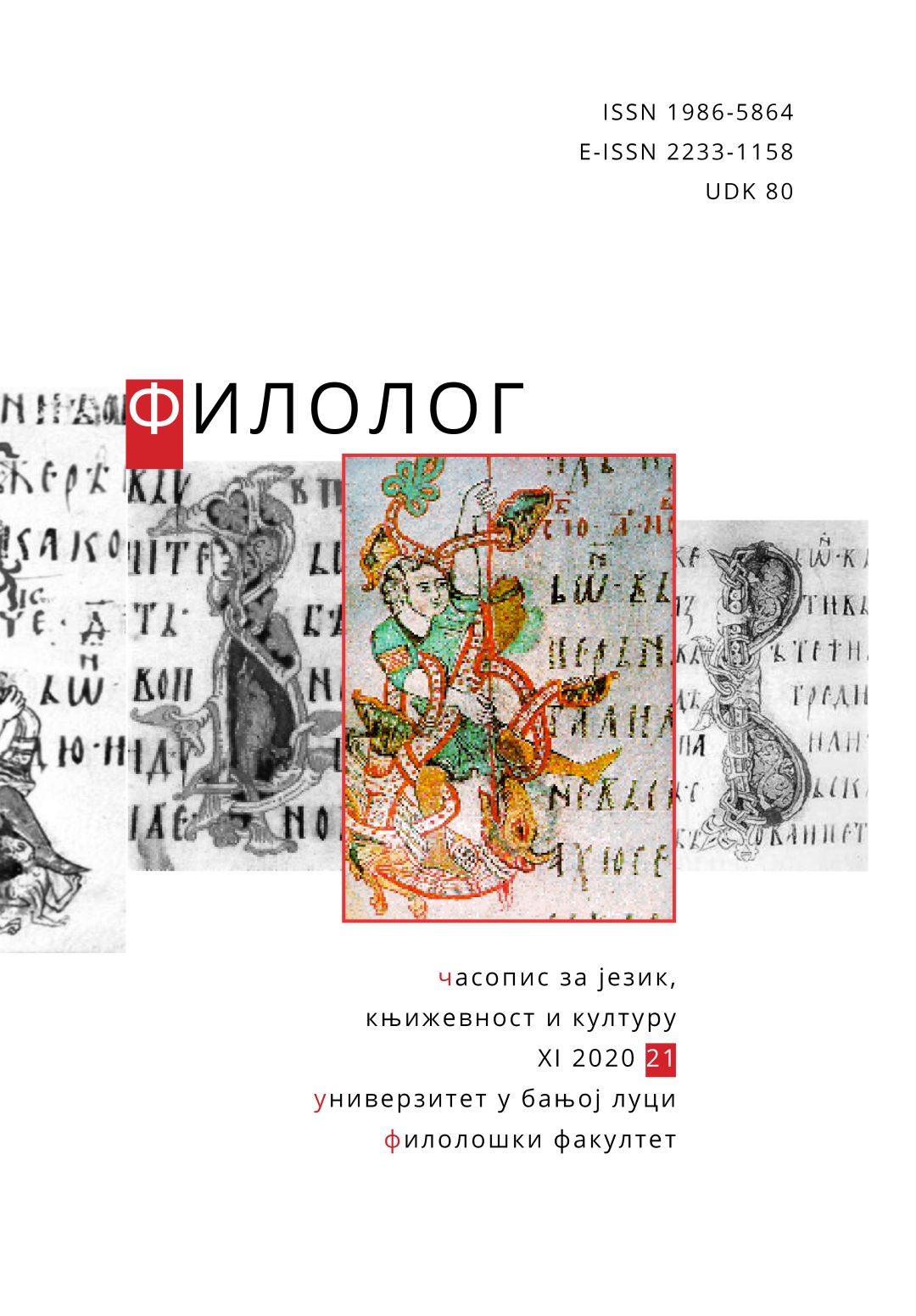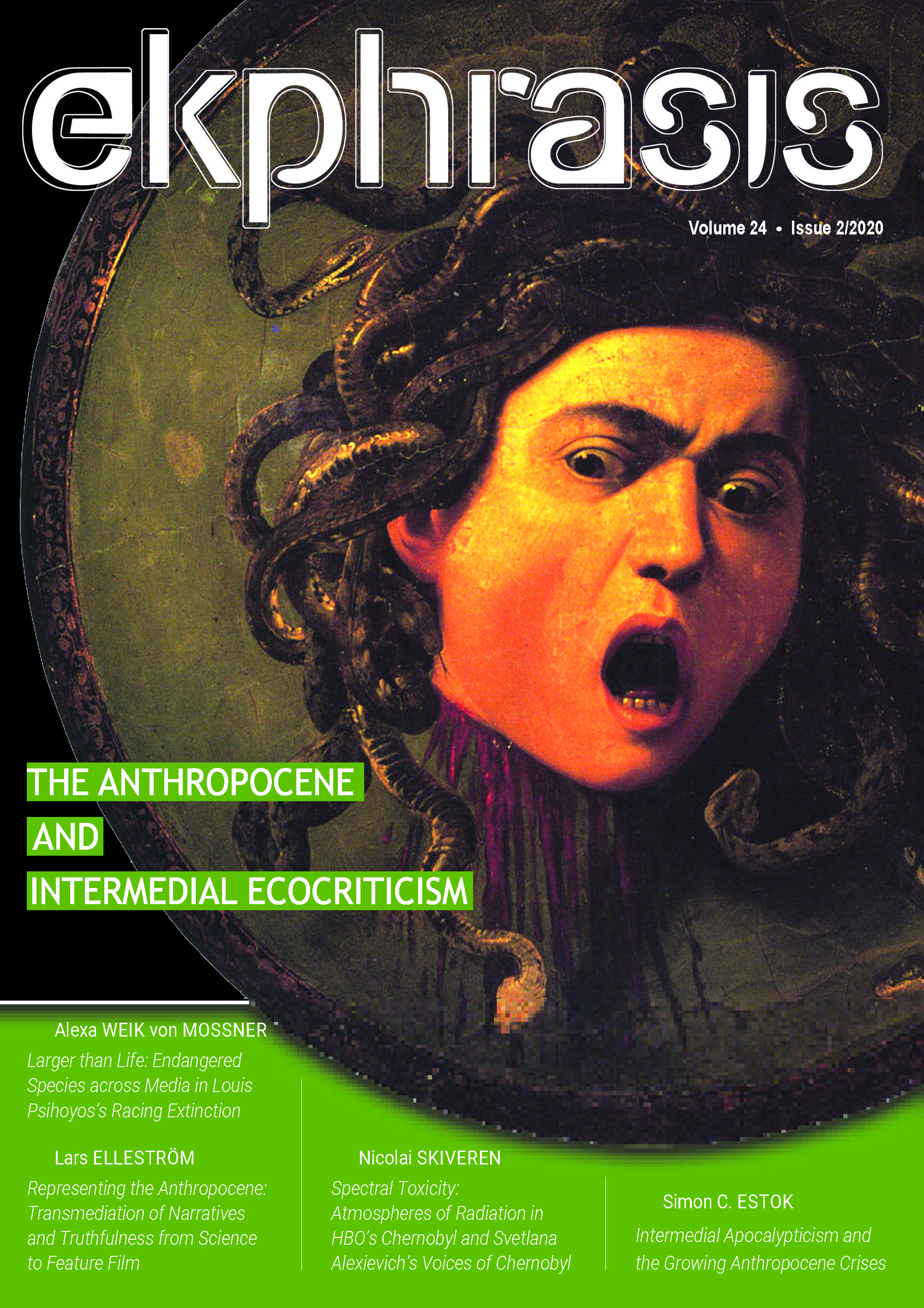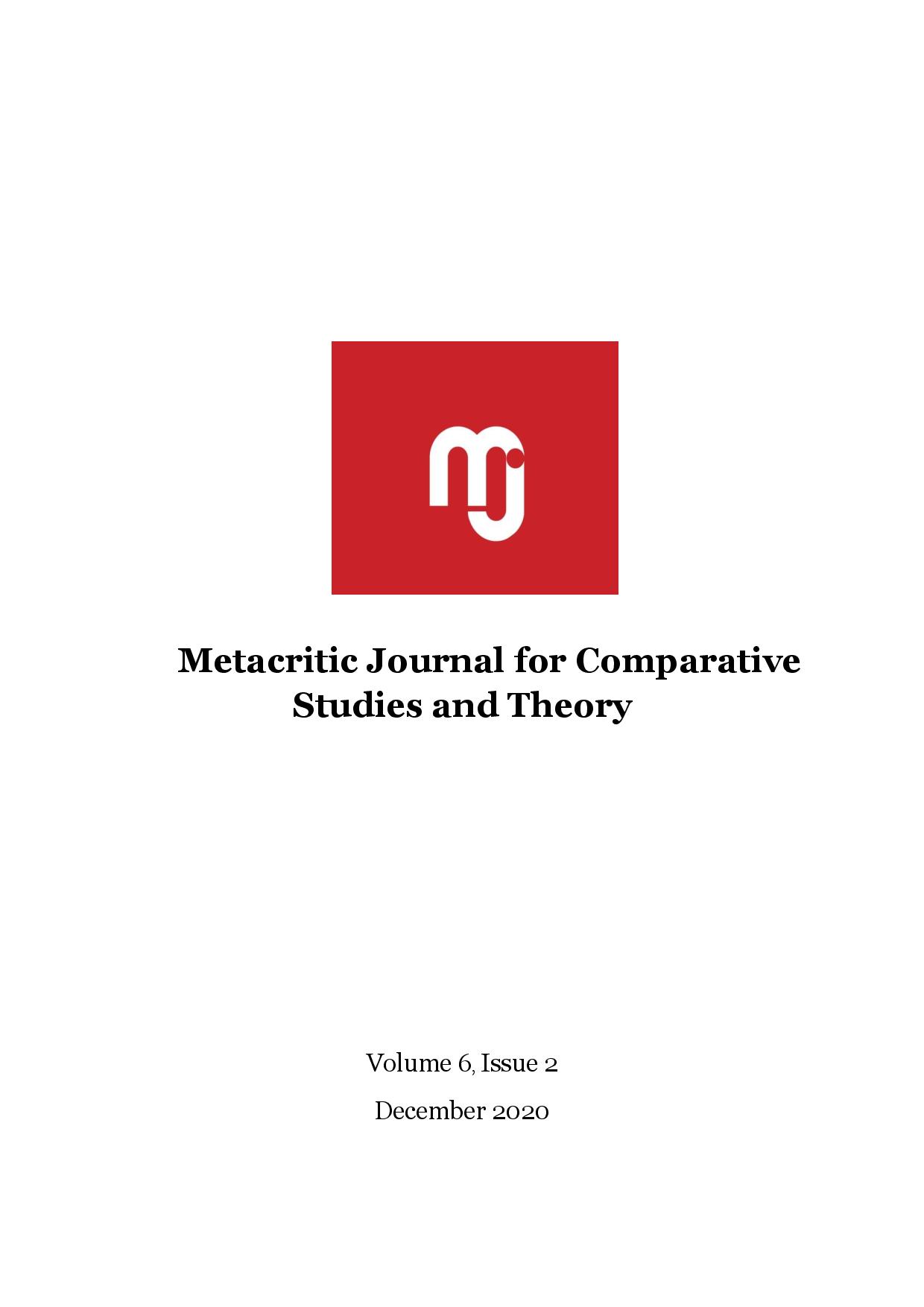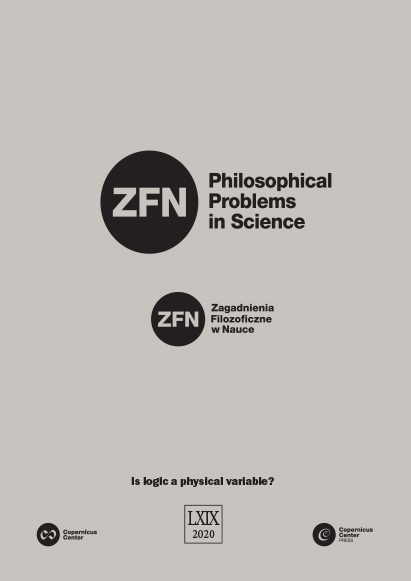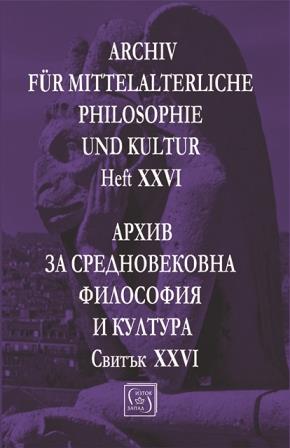Author(s): Christine Ramsay / Language(s): English
Issue: 2/2020
This article explores the capacity of art for representing the question of ecological grief now confronting us in the Anthropocene. My art work is an ongoing series of drawings and paintings of dead birds entitled “Adrift in History.” In reflecting on the meaning of this artistic practice through environmental narrative and art as a complex site of productive experimentation, I place the experience of grief—regarding both human and animal mortality in our rapidly diminishing environment in the Anthropocene—on display and for interpretation within multiple modalities. This project brings together art, literature, poetry, psychology, philosophy, phenomenology, environmentalism, cultural ecology, anthropology, ornithology, and naturalism to frame the cycle of life, death and transformation. My goal is to juxtapose an ecocritical theoretical lens with the art work to create a discursive intermedial effect—one that asks, reflexively, what the value might be of contemplating, while creating, an interspecies, archetypal image of the soul and its potential emotional resonance in the traumatic contemporary moment of the Anthropocene condition. In “Who Is This One?”—a recent suite in the series “Adrift in History”—I dwell on the image of the North American robin—Turdus migratorius—a common backyard species, and one of the many birds now facing great risk. So, I depict the robin at rest, contingently, in a state of limbo between life, death and the after-life. Influenced by Jon Young’s environmental narrative, What the Robin Knows: How Birds Reveal the Secrets of the Natural World, and the ecocritical concept of strategic empathy, I represent what the robin might feel. I am interested in how such images—and their capacity to evoke sympathy in the system of affinities between the embodied human mind and the more-than-human world enfolding animals, nature, and the environment as interdependent forces—might contribute to efforts to move us through and beyond grief, toward active investment as answerable, and ethical agents of social change.
More...
